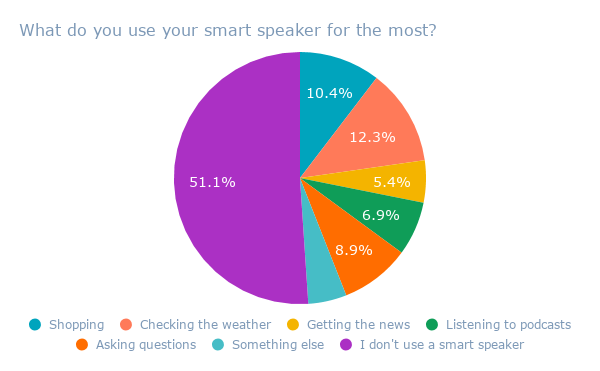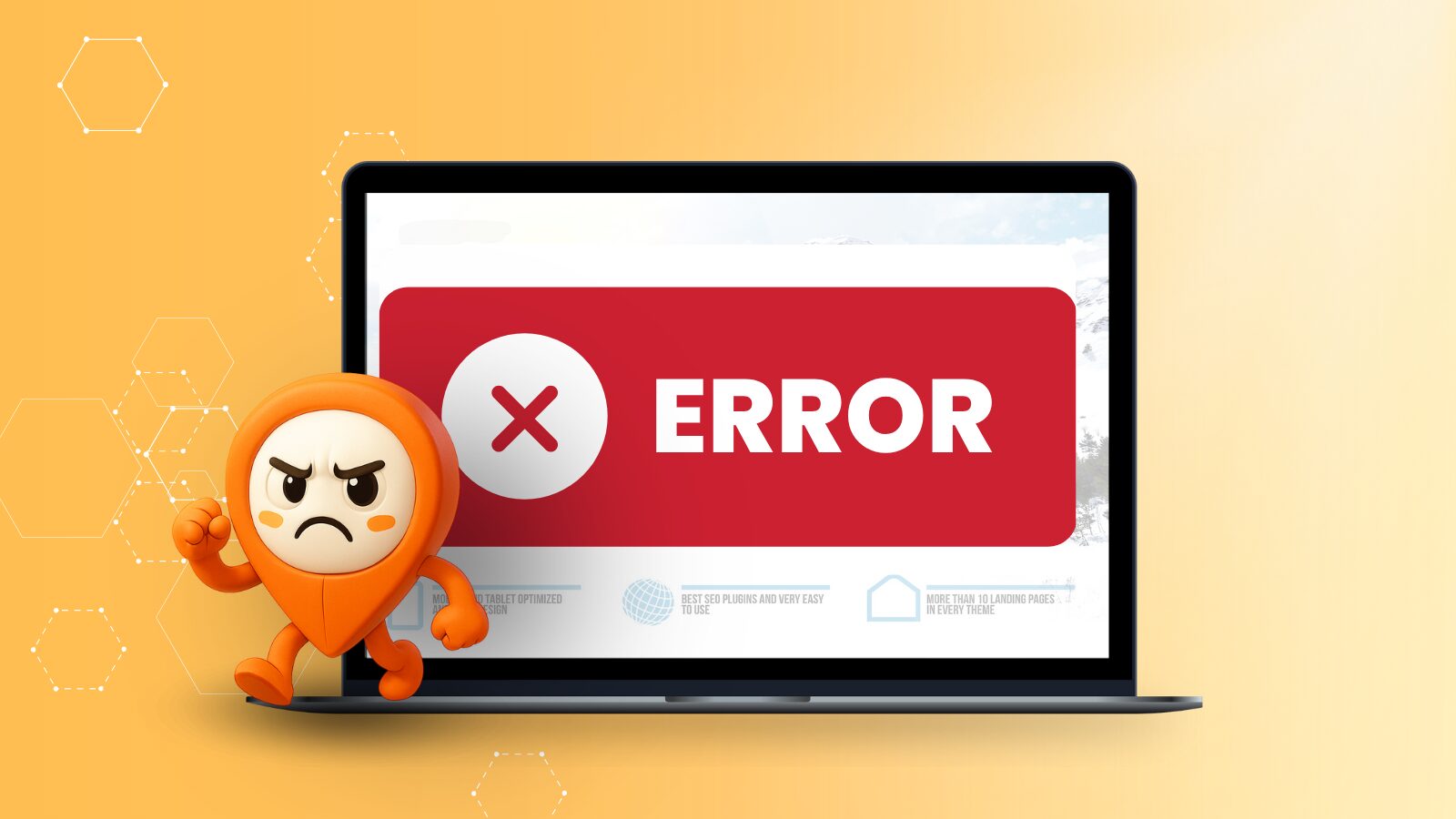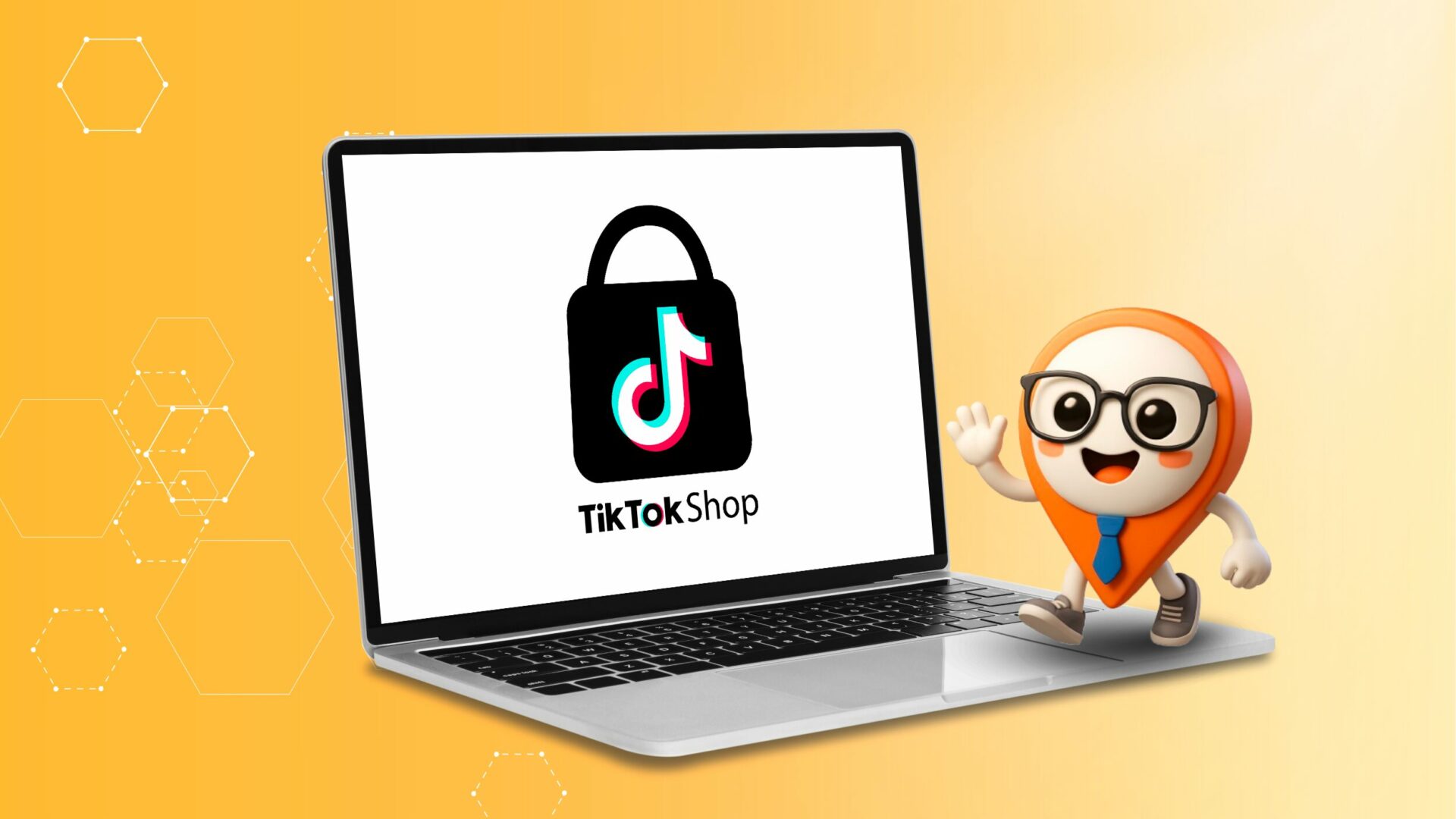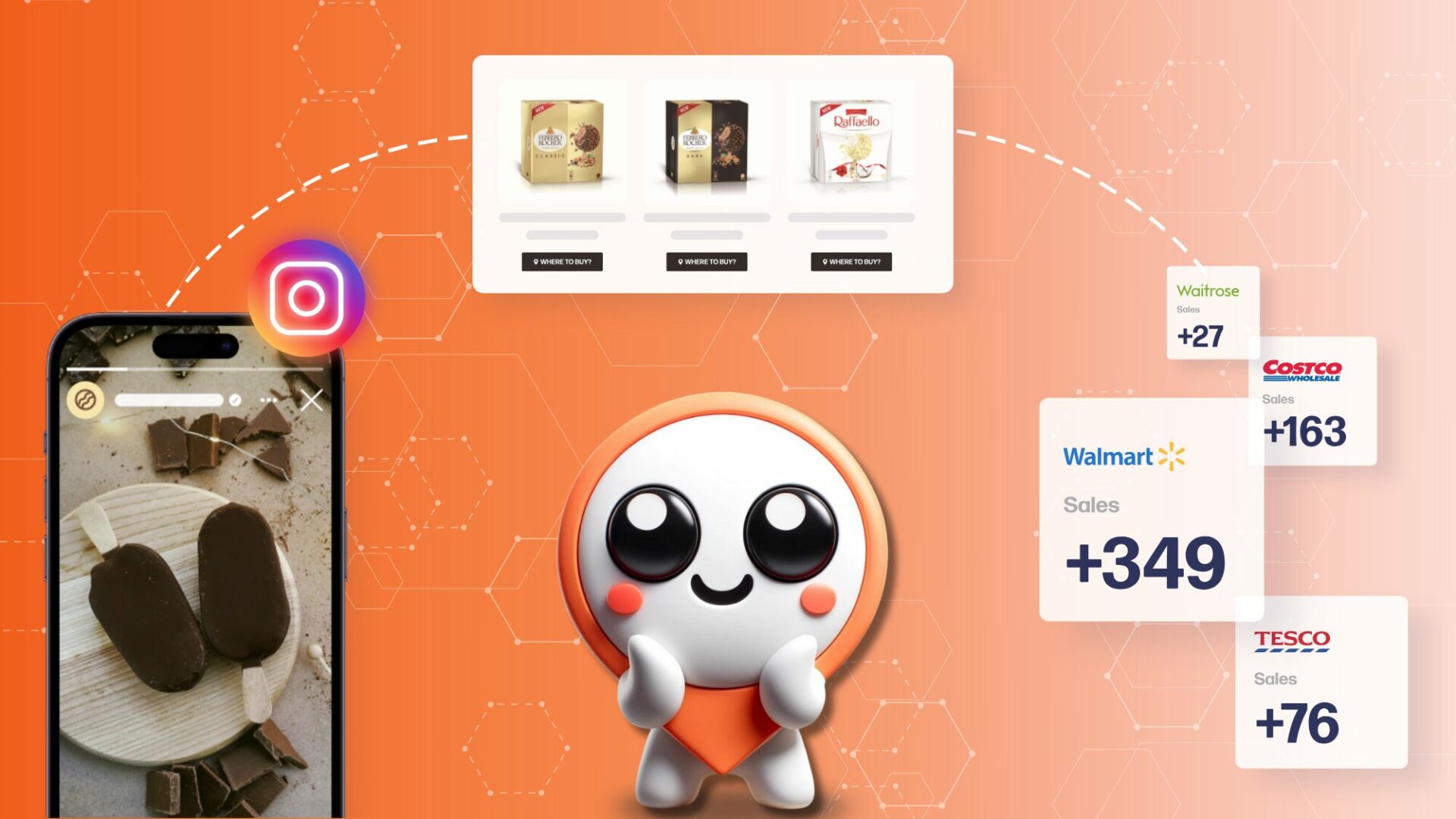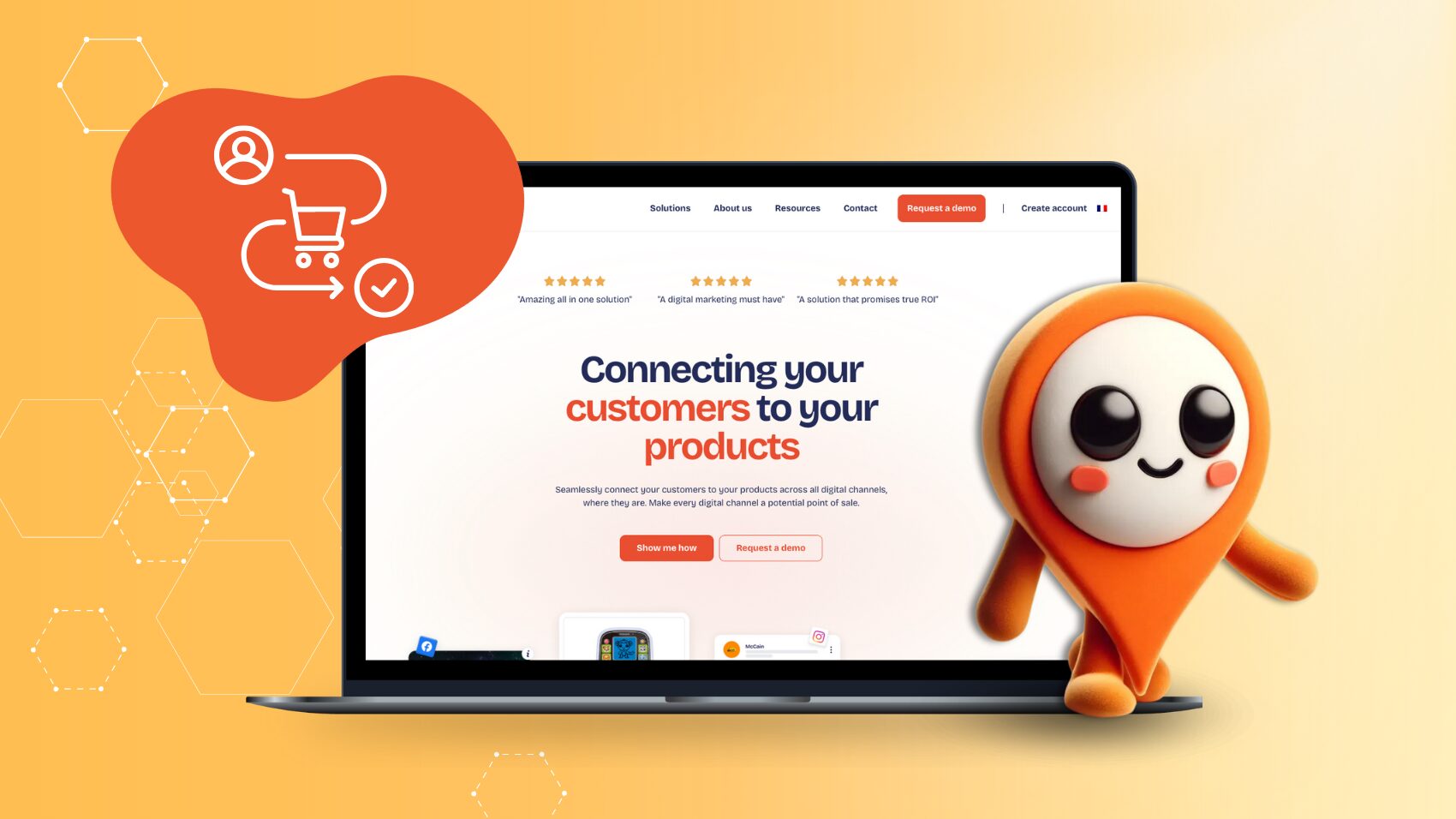Alexa, Google Home, Siri, what future do vocal assistants hold for us ? Today, in the United States almost one in four households are fitted with at least one speaker. This tendency is also noteworthy in Asia where big local digital companies have all created their own speaker : Tencent, JD, Baidu, Alibaba even Samsung.
However, there still remains a notable disparity between the markets, in which two distinct groups appear : In China and India 80% of the population have adopted this vocal technology ; In Japan, 40% of its population have converted to it despite their position as an early adopter.
In France, vocal assistants entered the market in 2012 when Apple launched Siri. The consultancy company Roland Berger estimates the number of french users of all vocal assistants to be 20 million. And, he estimates at 1,7 million the number of french users of speakers, including 600 000 units being sold during 2018. On a global scale, this trend will grow with an annual growth of 25% until 2023 reaching 8 billions of vocal assistants in circulation in five years.
The development of this technology and opportunities around it will be based on three players : consumers, retailers and brands.
Zoom in on consumers : Buying online by using his voice
Although it may seem strange for some, with the development of connected speakers, now vocal shopping has emerged. A Hubspot study was carried out on smart speakers usage and highlighted the new possibilities for vocal shopping in the future.
This graph shows the share of different uses of connected speakers by consumers :
It reveals that more than half don’t use smart speakers. However, for users of connected speakers these uses are noticed : Checking the weather, doing shopping, asking questions, listening to podcasts and getting the news.
Despite it being the second most common usage after checking the weather, connected speakers are still relatively not much used for shopping.
Nevertheless, the consultancy company Roland Berger highlights the limits of this current technology. With e-commerce, consumers have passed from a stocktake on a human scale available in physical shops, to an infinity of possibilities comparable on the internet.
The vocal shopping doesn’t provide consumers with an experience as complete as physical shopping. Indeed, in response to a consumer question, the vocal assistant brings a unique answer, two or three at most. Whilst vocal is considered to be a new distribution channel just like m-commerce. But it seems for now to be adapted to purchases not including mass market products, rather than purchases with a higher added value.
Zoom in on retailers : Gadget or real opportunity ?
The adoption by consumers seems to be in its early stage, what about retailers ?
E.Leclerc has developed his vocal assistant “Mémo courses” (Google Home), which allows him to link his own E.Leclerc account and to add products with his voice. He can therefore easily find his shopping list by using with Google Home, Google Assistant Application or the Leclerc Drive mobile application. The group’s ambition for 2019 is to personalize the adding products to an online basket by taking account of consumers’ buying history. In fact, if he or she often buys a product from a particularly brand, products from that brand will be automatically added to the basket. And the consumer will don’t have to name them specifically.
Partnerships are already increasing between brands or retailers and GAFA as part of vocal technology. As Sephora with Google Nest Hub, Intermarché and E.Leclerc with Google Assistant and Google Home, Ocado or Lego with Alexa.
These brands has developed their own vocal interface to make the buying experience more intuitive, faster and simple. However, the number of users remains for now low. Thus, the ROI is not certain and these approaches remain quite experimental, done as pilots and on test cases that are not totally proven.
And what about the brands in all of this ?
Brands have quickly detected the importance of vocal technologies. But today, voice technology remains more a test ground to be improved than an operational weapon. In order for vocal technology to become established, its format needs to be changed including in the connection of humans with this technology.
So, the development of technology will push companies to propose solutions in order to cater to their clients needs.
But for now, brands need to start these tests and define their specific strategy.
Thus, the vocal market is still at the Test&Learn stage. Axelle Lemaire, the former secretary of state for digital technology digital tells : “Voice technology will not replace other channels. It will increase the amplitude of interaction opportunities between humans and screens.”
Contact us for more information
Sources
©LSA
E-Marketing
©Codeur
Hubspot
La Révolution Naissante des Assistants Vocaux (Roland Berger)

